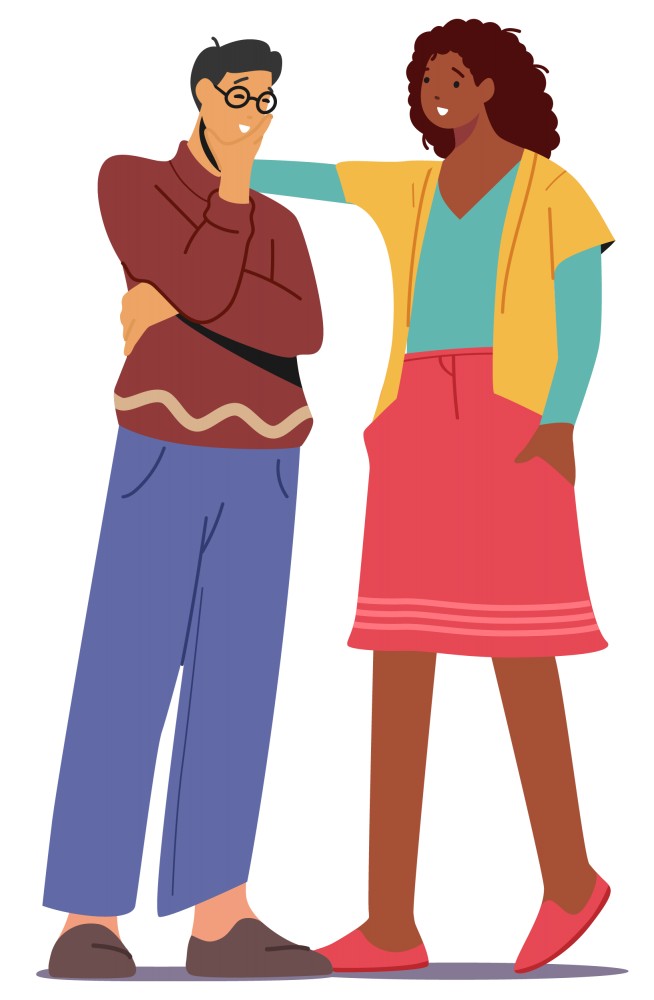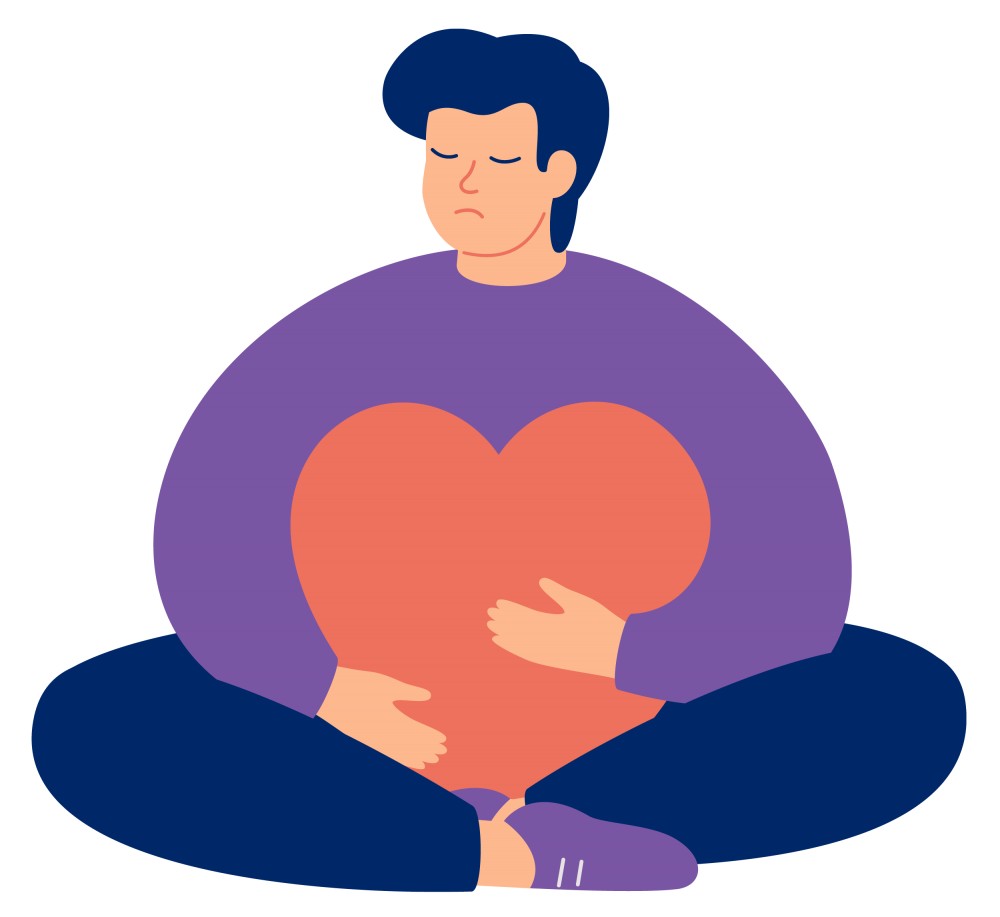 If I have a plan, I can use all the strategies I have and have hope
If I have a plan, I can use all the strategies I have and have hope

What is a personal safety plan?
A personal safety plan allows you to keep a record of the things you can do and the people you can contact to keep yourself safe if you’re experiencing distress.
If you’re experiencing tough times or suicidal thoughts, the plan can help distract you, keep you safe or remind you who to reach out to for help or support.
A personal safety plan covers the following areas:
- Recognising what’s happening (warning signs). Naming feelings, thoughts or behaviours that can lead to risky behaviours.
- My reasons to live. Listing what makes you feel good or things that are important to you.
- Keeping safe. Advice for making your environment safer or knowing when to remove yourself from an unsafe situation.
- What can I do by myself? Things you can do to distract yourself from unsafe thoughts (without contacting someone else).
- Who can I connect with? Listing trusted whānau or friends who you can connect with to help lift your mood, or thinking of safe places where you can be around other people.
- My supporters. Naming and listing contact details of supportive whānau, friends or health professionals who can offer help during tough times.
The plan also includes helplines and other sources of support that you can contact for assistance.

A personal safety plan can be completed when you’re feeling calm, and with someone to help support you. This may be a trusted friend or whānau member or a counsellor or health worker.

Research has shown that having a personal safety plan can be useful to help manage feelings and emotions that may be overwhelming. It can also reduce the intensity of suicidal thoughts and increase people’s ability to cope with them.
 I have walked people through this plan and they have gone from feeling helpless to feeling like they can cope and there is hope.
I have walked people through this plan and they have gone from feeling helpless to feeling like they can cope and there is hope.

Below are some safety plans you may like to order for free or download.
More information
For more information or if you are seeking further support, visit our list of helplines and support services or see our complete range of suicide prevention resources that are free to order or download.
